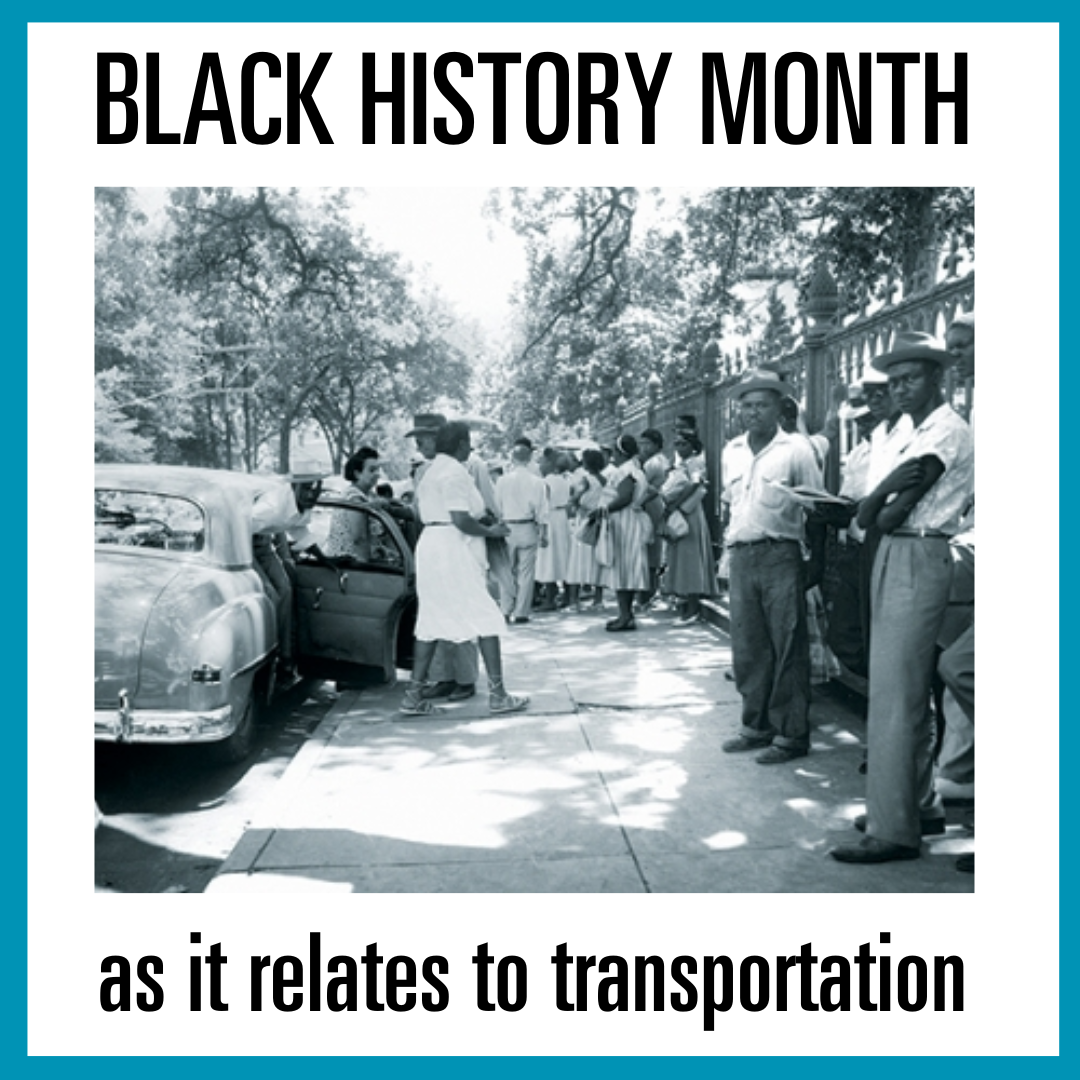
In 1892, Homer Plessy refused to disembark a “whites only” railcar headed down Press Street in New Orleans to protest the racist and segregationist laws being imposed. Unfortunately, the court case of Plessy v Ferguson did not uphold the 14th Amendment, but instead it gave legality to the “separate but equal” clause. Plessy’s act would go on to inspire other actions of civil protest, including those taken during the Civil Rights movement.
In 1953, the Baton Rouge Bus Boycott began in response to Black residents being barred from sitting at the front of the bus although they were the majority of the riders. The boycott witnessed support from volunteers who operated free car taxis and coordinated carpooling to offer an alternative, accessible means of transportation for the boycotters. The boycott would ultimately influence the Montgomery Bus Boycotts two years later.
In 1954, with the NAACP’s victory in Brown v Board of Education, the “separate but equal” clause was struck down which would desegregate facilities as well as transportation. In 1960, six years after segregated facilities were deemed unconstitutional, New Orleans finally reintegrated its schools, and its school buses, under federal pressure. Ruby Bridges, as well as the McDonogh Three, were driven to school while escorted by armed guards due to threats of violence.
In 1961, a year after leading New Orleans’ first sit-ins at the Woolworths and McCrory’s, the Congress of Racial Equality (CORE) kicked off the first Freedom Ride that would travel by bus from Washington DC. to New Orleans to protest Jim Crow laws of segregation on interstate buses in the South. Under threat of arrest and being attacked repeatedly by white militias, the Freedom Riders completed the journey by plane to New Orleans where they were met and provided with secretive lodging by Norman C. Francis, president of Xavier University at the time.
Although the passage of the 1964 Civil Rights Act was eventually won through brave direct actions by individuals and groups, transportation was later used to target Black communities with the construction of interstate highways through neighborhoods such as the Tremé (Claiborne Avenue) in 1969. Those Black businesses that have survived along Claiborne are a testimony to a history of resilience. Community advocates continue this long fight with recent pushes to have I-10 removed to undo the harm enacted by city planners.
Social justice efforts to this day are also raising awareness and calling for change to a system of racial profiling on the nation’s streets and roadways. Efforts continue with calls for justice and the freedom to navigate without being targeted.
Recognition is owed to those who have fought and continue to fight to keep the streets and all its modes of transportation accessible to all. When considering transportation and accessibility, it is important to make sure it is done equitably. Bike Easy commends all the efforts of those who have helped fight for equality of transportation and infrastructure in its various forms. Black history is full of these heroes who have taken to foot, car, bicycle, bus, train, and all other forms of transportation to move us all towards a better future.

